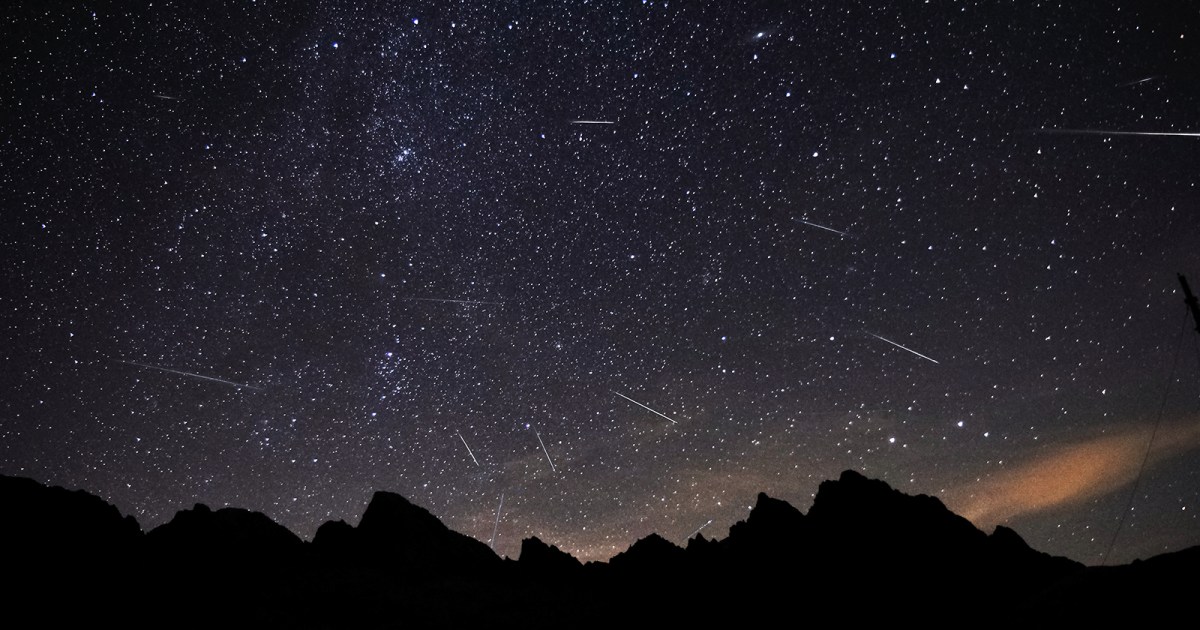
NASA is back with its monthly update for what to spot in the sky over the coming weeks.
Venus, for example, returns to the morning sky after brightening our evening skies for most of the year. Thanks to its thick clouds reflecting sunlight, Venus is the brightest planet in our solar system and is therefore easy to spot on a clear night.
“Look for the superheated, cloud-covered planet as a bright beacon in the eastern sky before sunrise throughout the month,” NASA says in its update for September. “It will appear fairly high in the sky from the Northern Hemisphere, reaching 30 to 40 degrees above the horizon by month’s end, depending on your latitude.”
Two more planets to spy in the sky are Saturn and Jupiter, which will be easy to observe in the evenings this month. You’ll see the fainter light of Saturn low in the southeast after sunset, while the much brighter Jupiter will rise a couple of hours later. Saturn sets a couple of hours before sunrise, with Jupiter easy to observe until the sun appears.
To help you spot the planets and other features in the night sky, try any of these excellent astronomy apps.
The end of this month will also see the fourth and final supermoon of the year, which are full moons that occur when the moon is near the closest point in its orbit around Earth.
According to NASA, the full moon on September 29 is also known as a Harvest Moon, as it’s the closest full moon to the September equinox. “This is around the time when lots of crops in the Northern Hemisphere reach their peak,” the space agency explains. “The harvest moon provides a few days of bright moonlight right after sunset, which traditionally helped farmers have a bit more time to bring in their crops in advance of the first frost.”
NASA also points out that this month could offer a chance to see the “zodiacal light,” described as “triangular or cone-shaped pillar of faint light that stretches upward from the horizon.”
The zodiacal light is sunlight reflecting off of an interplanetary dust cloud that fills the inner solar system out to the inner fringes of the main asteroid belt, just beyond Mars.
The best time to observe it is on cool and motionless mornings over the coming weeks. Folks in the Northern Hemisphere should direct their gaze to the east during the hour before before morning twilight begins, while those in the Southern Hemisphere should look to the west in the hour following twilight.
Editors’ Recommendations
Services Marketplace – Listings, Bookings & Reviews
